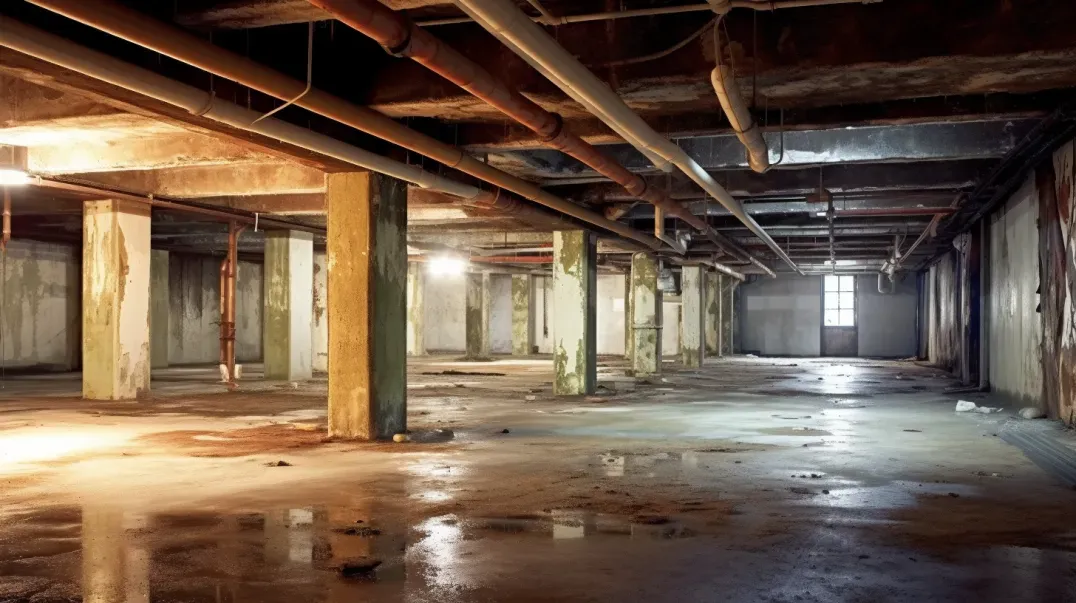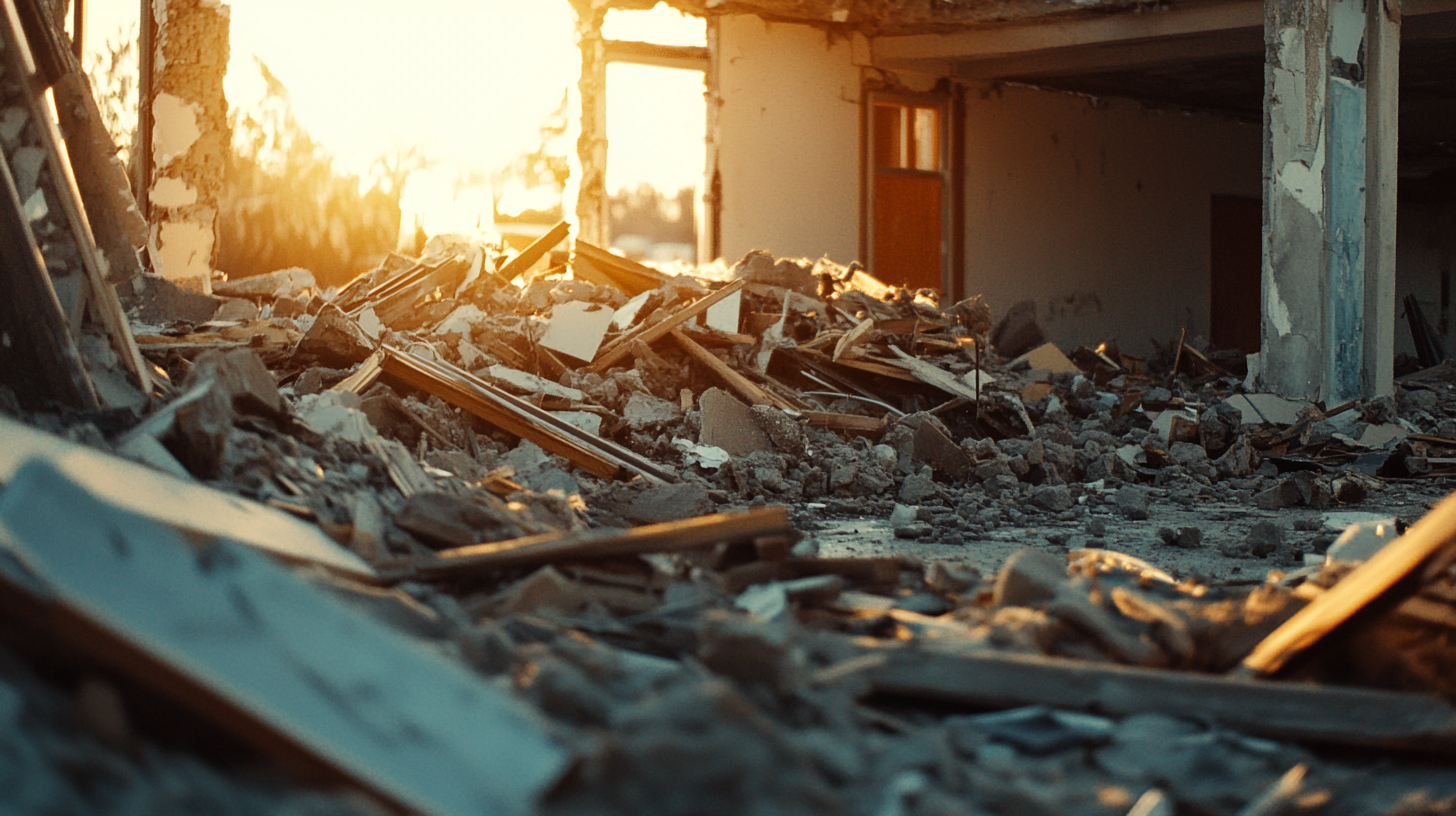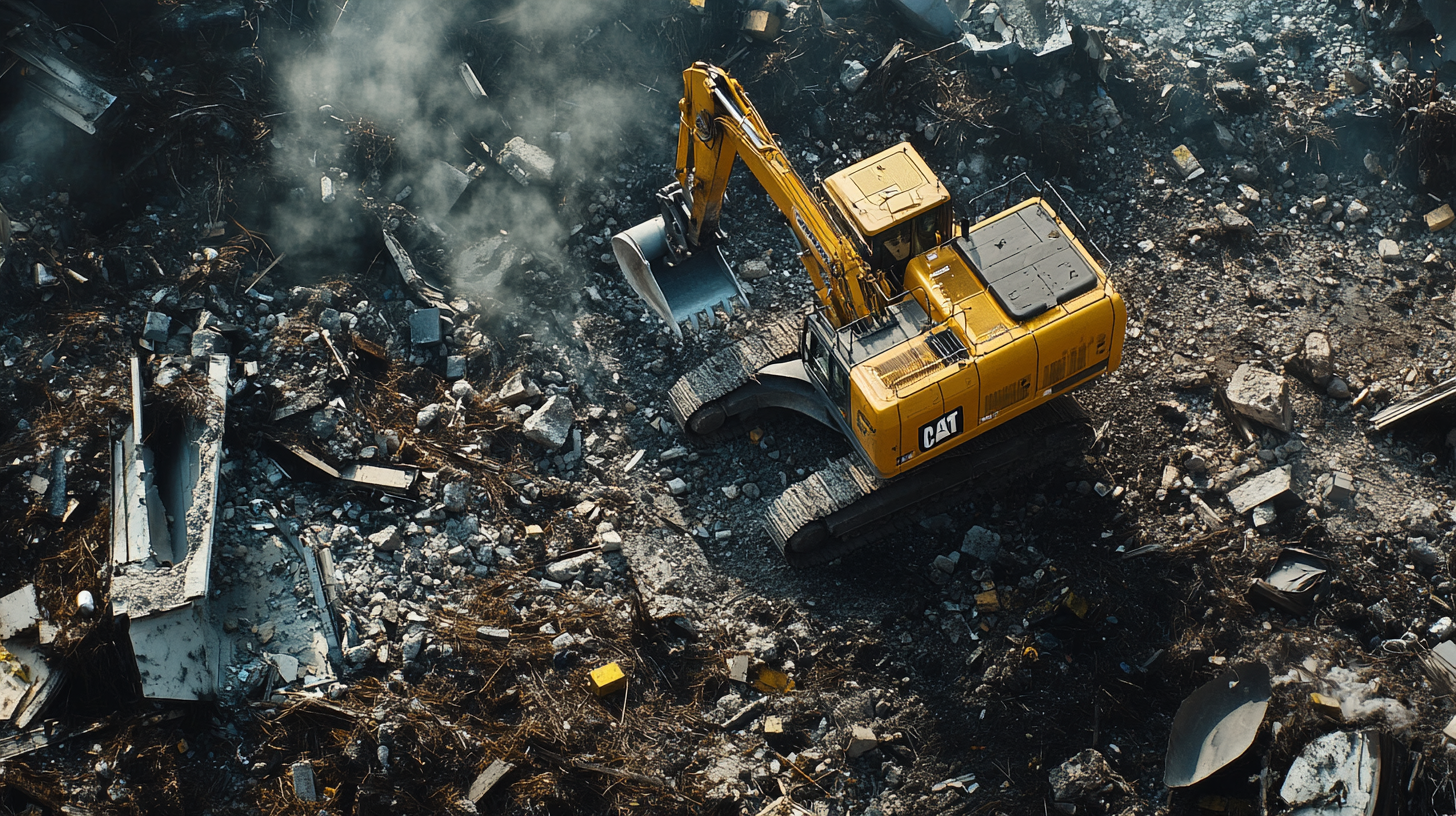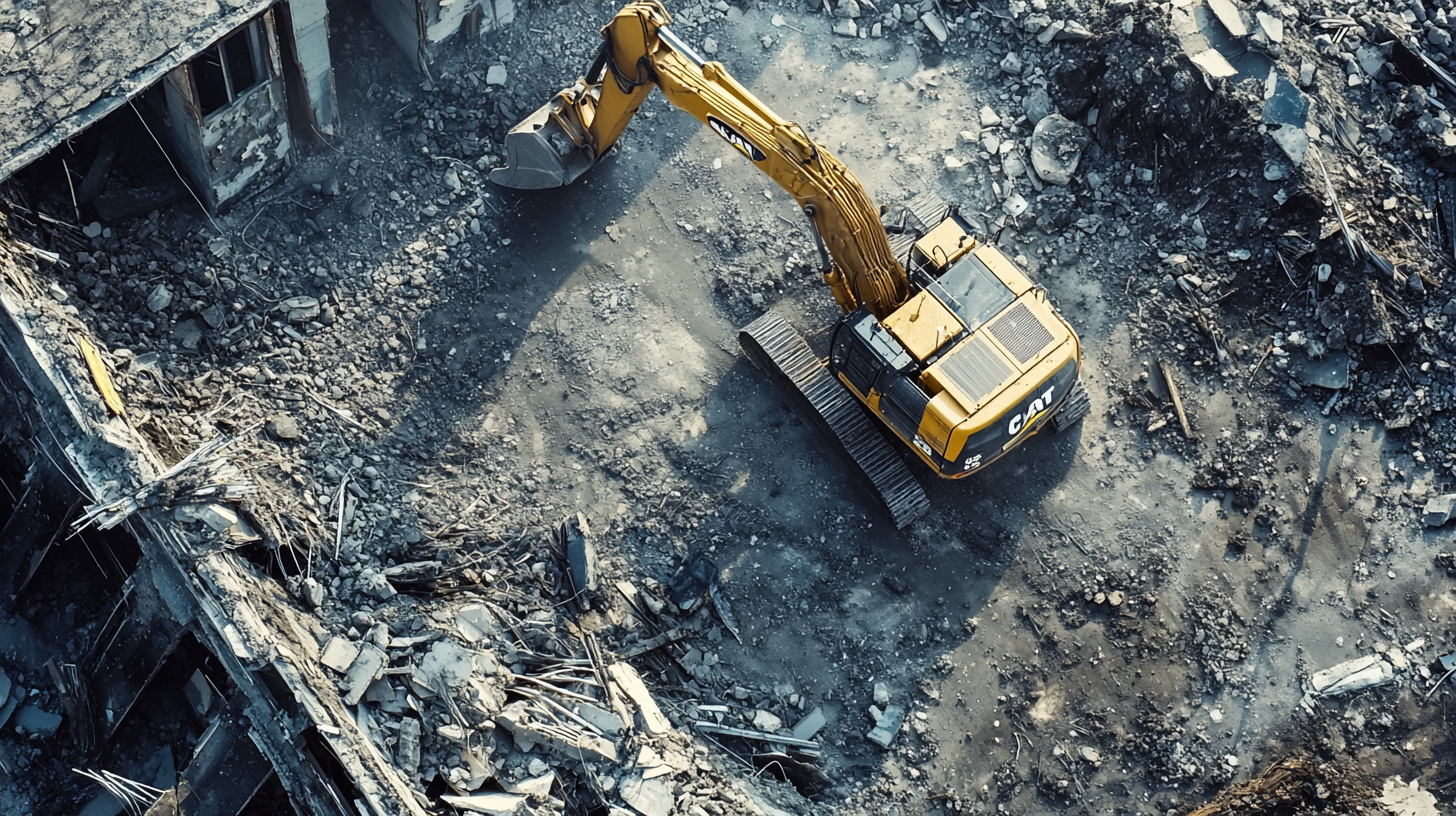
In the pursuit of a harmonious living space, the significance of proper insulation often goes unnoticed, yet it plays a pivotal role in sculpting the comfort, energy efficiency, and overall well-being within our homes. Proper insulation is more than just a barrier against the elements; it is a strategic investment in your home's functionality and sustainability. This comprehensive overview aims to shed light on the multifaceted benefits of proper insulation, revealing how this silent protector goes beyond mere temperature regulation to influence various aspects of our daily lives.
The journey toward an energy-efficient and comfortable home is incomplete without considering the impact of insulation. From reducing energy consumption and lowering utility bills to creating a consistent indoor climate and enhancing soundproofing, the benefits of proper insulation are both immediate and enduring. It acts as a shield, keeping the warmth in during the chilly winter months and the heat out during the sweltering summer days, ensuring that your sanctuary remains a place of comfort regardless of the season.
As we delve deeper into the importance and benefits of proper insulation, we invite you to explore how this crucial component of home design not only contributes to a more sustainable and cost-effective lifestyle but also enhances the overall quality of your living environment. Join us on this enlightening journey as we uncover the hidden potential of proper insulation in transforming your living space into a bastion of comfort, efficiency, and environmental stewardship.
Assessing Your Insulation Needs
Proper insulation is a key factor in maintaining a comfortable, energy-efficient home. Over time, however, insulation can deteriorate, leading to increased energy costs and reduced comfort. Understanding how to assess your insulation needs and choosing the right material for different areas of your home are crucial steps in ensuring optimal thermal efficiency and comfort.
Identifying Signs of Insulation Deterioration
Increased Energy Bills
A noticeable increase in your heating or cooling bills without a corresponding change in energy usage can indicate that your insulation is no longer performing effectively. Deteriorating insulation loses its ability to prevent heat transfer, causing your HVAC system to work harder to maintain a comfortable temperature.
Uneven Temperatures in Rooms
If certain areas of your home are consistently too hot in the summer or too cold in the winter, it may be a sign of inadequate or deteriorating insulation. Proper insulation should provide a uniform temperature throughout your home, and any significant variation could indicate areas where insulation is lacking or has become compromised.
Visible Damage to Existing Insulation
Inspect your insulation for any signs of damage, such as dampness, mold, or pest infestation. These issues can compromise the effectiveness of your insulation and may pose health risks. Visible settling or thinning of insulation materials can also indicate that it's time for a replacement.
Choosing the Right Insulation Material
Overview of Materials (Fiberglass, Cellulose, Foam)
The most common insulation materials include fiberglass, cellulose, and foam. Fiberglass is widely used due to its fire resistance and affordability. Cellulose, made from recycled paper, is an eco-friendly option with excellent soundproofing properties. Foam insulation, available in spray and board forms, provides high R-values and excellent air sealing capabilities.
Considerations for Different Areas of the Home (Attic, Walls, Basement)
The choice of insulation material can depend on the area of your home you're insulating. Attics often benefit from loose-fill cellulose or fiberglass due to their ability to fill spaces completely. Walls may require batts or foam boards for a snug fit between studs. Basements and areas prone to moisture might be best served by foam insulation, which can act as a moisture barrier and prevent mold growth. Consider the specific needs of each area, including moisture resistance, R-value, and ease of installation, when choosing insulation materials.
Removing Old Insulation
Removing old insulation is a crucial step in upgrading your home's energy efficiency and comfort. However, it's important to approach this task with care to ensure safety and effectiveness. Understanding the step-by-step removal process, adhering to disposal guidelines, and properly preparing the space for new insulation are key to a successful project.
Step-by-Step Removal Process
Instructions for Safely Removing Old Insulation
- Before starting, wear protective clothing, including gloves, a long-sleeved shirt, pants, a dust mask, and safety goggles to protect against irritants.
- Turn off your HVAC system and seal vents to prevent the spread of dust and fibers.
- For batt insulation, carefully roll or fold the material and place it in heavy-duty garbage bags. For loose-fill insulation, use an insulation vacuum or a heavy-duty vacuum cleaner to remove the material and deposit it into bags.
- Be mindful of wiring and piping as you work, and avoid stepping on areas between joists to prevent falls.
Disposal Guidelines for Different Types of Insulation
Disposal methods vary based on insulation type. Fiberglass and cellulose insulation can often be disposed of in regular landfill sites, but it's best to check local regulations for specific guidelines. Some types of foam insulation may contain hazardous materials and require special handling. Consider recycling options where available, and always dispose of insulation material responsibly to minimize environmental impact.
Preparing the Space
Cleaning and Repairing Any Damage
After removing the old insulation, thoroughly clean the area to remove any remaining debris, dust, or insulation fibers. Inspect the space for signs of mold, moisture damage, or structural issues. Address any repairs needed to ensure that the area is clean, dry, and structurally sound before installing new insulation.
Ensuring Proper Ventilation
Proper ventilation is crucial to prevent moisture buildup and ensure the longevity of your new insulation. Ensure that vents in the attic, such as soffit vents, are not blocked by insulation. Consider installing rafter vents or baffles to maintain clear air channels from the soffit vents to the attic. This will help maintain proper airflow and prevent moisture-related issues.
Installing New Insulation
Installing new insulation is a critical step in enhancing your home's energy efficiency, comfort, and overall environmental footprint. Whether you're tackling the attic, walls, or crawl spaces, understanding the proper techniques and common pitfalls is essential for a successful insulation project.
Insulating the Attic
Detailed Steps for Laying Batts or Blowing in Loose-Fill
For batt insulation, start by measuring the space and cutting the insulation to fit snugly between joists. Lay the batts in place, ensuring there are no gaps and that the insulation is not compressed, as this reduces its effectiveness. For loose-fill insulation, use a rented blower machine to evenly distribute the insulation across the attic floor. Fill to the recommended depth, ensuring even coverage without blocking soffit vents.
Tips for Avoiding Common Mistakes
Ensure that the vapor barrier on batt insulation faces the interior of the home to prevent moisture issues. Do not cover soffit vents with insulation, as proper attic ventilation is crucial. Be careful not to compress the insulation, and fill all nooks and crannies to avoid heat leaks. Lastly, consider using baffles to maintain clear ventilation channels from soffits to the attic.
Insulating Walls and Crawl Spaces
Techniques for Effectively Insulating Hard-to-Reach Areas
Insulating walls and crawl spaces can be challenging due to limited access and space constraints. For walls, consider using blown-in or spray foam insulation, which can be inserted through small holes drilled in the wall and provide excellent coverage and air sealing. In crawl spaces, use rigid foam boards or batt insulation between joists, and secure them with mechanical fasteners or insulation supports.
Addressing Vapor Barriers and Air Leaks
Properly installing vapor barriers is crucial to prevent moisture from penetrating walls and causing mold or structural damage. Ensure that the vapor barrier faces the warm side of the wall (inside in cold climates, outside in hot climates). Seal all air leaks in walls and crawl spaces with caulk or foam sealant before insulating, as air leaks can undermine the effectiveness of the insulation and lead to energy loss.
Finishing Touches and Clean-Up
After installing new insulation, the final steps are crucial to ensure the effectiveness of the insulation and to maintain a clean, safe workspace. Proper coverage, attention to detail, and thorough clean-up are essential to maximize the benefits of your insulation project and to leave your space in optimal condition.
Ensuring Proper Coverage
Checking for Gaps and Even Distribution
Once the insulation is in place, take the time to inspect the entire area. Look for any gaps or areas where the insulation may be too thin or missing entirely. Ensure that the insulation is evenly distributed, especially in areas where it has been blown in. Use a ruler or measuring stick to check the depth of loose-fill insulation and confirm that it meets the recommended levels for your climate and home.
Adjusting for Obstacles and Wiring
Insulation must be carefully fitted around obstacles such as pipes, ductwork, and wiring to maintain its effectiveness. Cut batt insulation to fit snugly around these obstacles, and use loose-fill insulation to fill in around and over them. Be cautious not to compress the insulation, as this can reduce its insulating properties. In areas with electrical fixtures or wiring, ensure that the insulation does not cover or come into direct contact with these components to prevent fire hazards.
Cleaning Up
Safe Disposal of Waste Materials
Properly dispose of any waste materials generated during the insulation project. This includes used insulation, packaging, and any other debris. Check local regulations for the disposal of insulation materials, as some types may require special handling or disposal methods. If possible, recycle materials like cardboard packaging or plastic wrapping.
Cleaning the Workspace
After the insulation is installed and waste is disposed of, clean the workspace thoroughly. Use a vacuum cleaner with a HEPA filter to remove any insulation fibers or particles from the area. Wipe down surfaces to remove any dust or residue. If you used protective plastic sheeting, carefully fold it inward to trap any debris and dispose of it properly. Leave the space clean, safe, and ready for the next steps in your renovation or construction project.
Post-Installation Tips
After installing new insulation, it's important to not only maintain it properly but also to take additional steps to maximize the energy efficiency of your home. Regular checks, maintenance, and considering further upgrades can ensure that your insulation continues to perform effectively and contributes to a more sustainable, comfortable living environment.
Insulation Maintenance
Regular Checks and Maintenance Tips
Regularly inspect your insulation to ensure it remains in good condition. Look for signs of sagging, dampness, or pest infestation, as these can compromise the effectiveness of the insulation. In attics, make sure that loose-fill insulation hasn't settled or shifted, leaving some areas under-insulated. Check that batt insulation hasn't been compressed or disturbed, and ensure that vapor barriers are intact and properly positioned.
When to Seek Professional Help
If you notice any issues with your insulation, such as water damage, mold growth, or significant gaps, it's best to seek professional help. Professionals can assess the situation accurately, recommend the best course of action, and handle repairs or replacement safely and effectively. This is especially important if you suspect that your insulation may contain hazardous materials, like asbestos, which require special handling.
Maximizing Energy Efficiency
Additional Steps to Enhance Home Energy Efficiency
Beyond insulation, there are several steps you can take to enhance your home's energy efficiency. Seal gaps and cracks around doors, windows, and other openings to prevent air leaks. Use energy-efficient windows and doors to further reduce heat loss. Consider installing a programmable thermostat to better control heating and cooling, and use energy-efficient lighting and appliances.
Considerations for Future Upgrades
As you plan for the future, keep energy efficiency in mind for any home upgrades or renovations. Consider the energy efficiency of new appliances, the potential benefits of renewable energy sources like solar panels, and the possibility of upgrading your HVAC system to a more efficient model. Stay informed about new insulation materials and technologies that may offer improved performance and environmental benefits.
FAQs
Contact Bull City Crawlspace Today!
Bull City Crawlspace will do everything we can to ensure your experience with us is excellent.
Request A FREE Estimate
Request a Free Estimate Form
Checkout Recent Post




Got a Question? We’re Here to Help.
You can arrange an appointment or make an enquiry by phone or email, orget in touch to us via our contact form.

